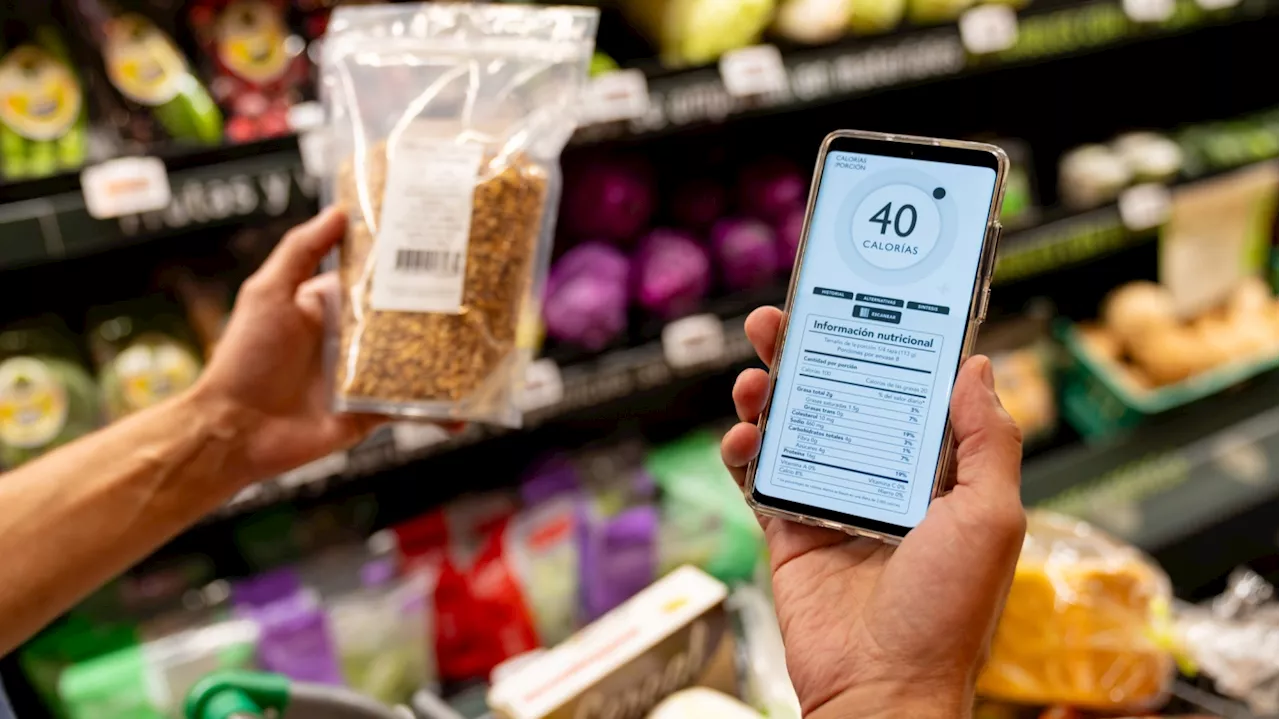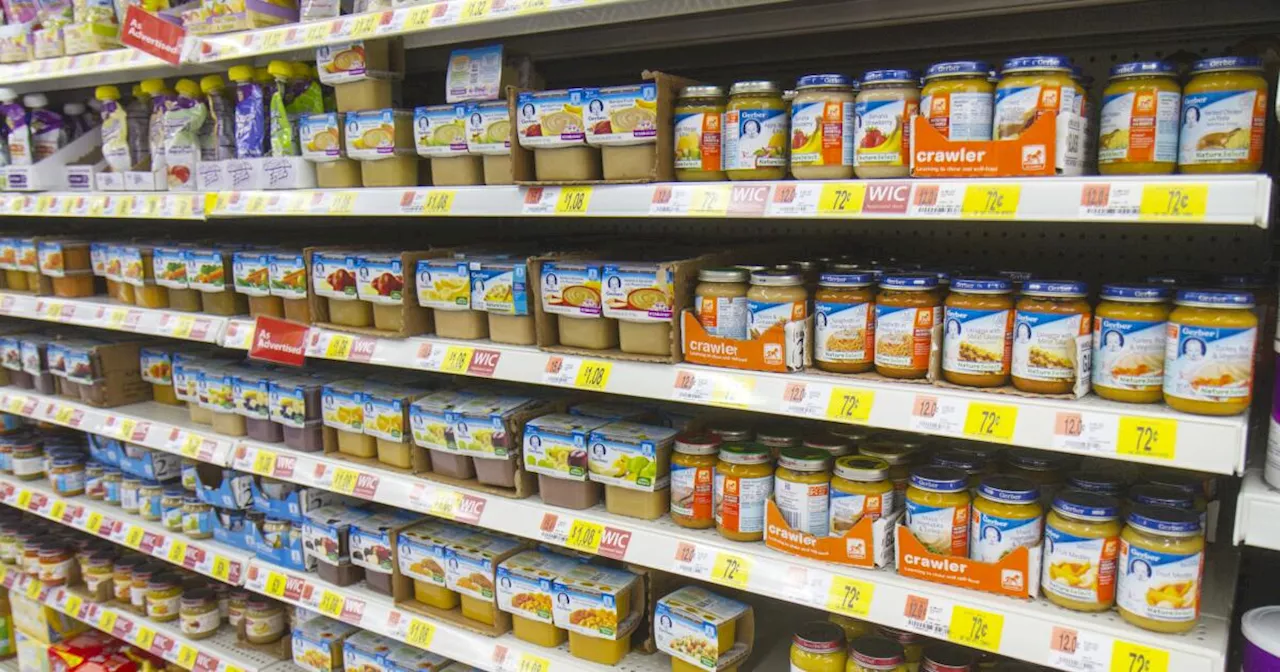The U.S. Food and Drug Administration (FDA) has implemented voluntary limits on lead content in baby foods, aiming to reduce children's exposure to this harmful metal. Though welcomed by consumer advocates, the guidance lacks scope, not covering all baby food types or other heavy metals.
The U.S. Food and Drug Administration this week set maximum levels for lead in baby food s such as jarred fruits and vegetables, yogurts and dry cereal, part of an effort to cut young kids’ exposure to the toxic metal that causes developmental and neurological problems. The agency issued final guidance that it estimated could reduce lead exposure from processed baby food s by about 20% to 30%.
The limits are voluntary, not mandatory, for food manufacturers, but they allow the FDA to take enforcement action if foods exceed the levels. It’s part of the FDA’s ongoing effort to “reduce dietary exposure to contaminants, including lead, in foods to as low as possible over time, while maintaining access to nutritious foods,” the agency said in a statement. Consumer advocates, who have long sought limits on lead in children’s foods, welcomed the guidance first proposed two years ago, but said it didn’t go far enough. “FDA’s actions today are a step forward and will help protect children,” said Thomas Galligan, a scientist with the Center for Science in the Public Interest. “However, the agency took too long to act and ignored important public input that could have strengthened these standards.” The new limits on lead for children younger than 2 don’t cover grain-based snacks such as puffs and teething biscuits, which some research has shown contain higher levels of lead. And they don’t limit other metals such as cadmium that have been detected in baby foods. The FDA's announcement comes just one week after a new California law took effect that requires baby food makers selling products in California to provide a QR code on their packaging to take consumers to monthly test results for the presence in their product of four heavy metals: lead, mercury, arsenic and cadmium. The change, required under a law passed by the California Legislature in 2023, will affect consumers nationwid
BABY FOOD LEAD FDA HEALTH SAFETY
United States Latest News, United States Headlines
Similar News:You can also read news stories similar to this one that we have collected from other news sources.
 FDA Sets Voluntary Lead Limits in Baby FoodThe FDA has issued final guidance setting maximum levels for lead in baby foods like jarred fruits and vegetables, yogurts, and dry cereal. These voluntary limits aim to reduce lead exposure in young children, though some consumer advocates argue they are not stringent enough.
FDA Sets Voluntary Lead Limits in Baby FoodThe FDA has issued final guidance setting maximum levels for lead in baby foods like jarred fruits and vegetables, yogurts, and dry cereal. These voluntary limits aim to reduce lead exposure in young children, though some consumer advocates argue they are not stringent enough.
Read more »
 FDA Sets Limits on Lead in Baby FoodThe U.S. Food and Drug Administration has set voluntary maximum levels for lead in baby foods to reduce exposure for young children.
FDA Sets Limits on Lead in Baby FoodThe U.S. Food and Drug Administration has set voluntary maximum levels for lead in baby foods to reduce exposure for young children.
Read more »
 FDA Sets Lead Limits in Baby Food, But Critics Say It Doesn't Go Far EnoughThe FDA issued voluntary limits on lead in processed baby foods, aiming to reduce exposure in young children. However, consumer advocates argue the limits are too lenient and should cover a wider range of products.
FDA Sets Lead Limits in Baby Food, But Critics Say It Doesn't Go Far EnoughThe FDA issued voluntary limits on lead in processed baby foods, aiming to reduce exposure in young children. However, consumer advocates argue the limits are too lenient and should cover a wider range of products.
Read more »
 FDA Sets New 'Healthy' Food StandardsIn an effort to promote healthier eating habits, the FDA has introduced new guidelines defining what constitutes a 'healthy' food product. These rules establish limits on added sugars, sodium, and saturated fat, encouraging consumers to make more informed choices at the grocery store.
FDA Sets New 'Healthy' Food StandardsIn an effort to promote healthier eating habits, the FDA has introduced new guidelines defining what constitutes a 'healthy' food product. These rules establish limits on added sugars, sodium, and saturated fat, encouraging consumers to make more informed choices at the grocery store.
Read more »
 FDA Sets New 'Healthy' Food Standards to Combat Diet-Related DiseasesThe Food and Drug Administration (FDA) has updated its definition of 'healthy' food, aiming to empower consumers to make healthier choices. The new rules focus on limiting added sugars, sodium, and saturated fat while encouraging certain food groups. Food companies can voluntarily use a 'healthy' claim on their packages if they meet these criteria.
FDA Sets New 'Healthy' Food Standards to Combat Diet-Related DiseasesThe Food and Drug Administration (FDA) has updated its definition of 'healthy' food, aiming to empower consumers to make healthier choices. The new rules focus on limiting added sugars, sodium, and saturated fat while encouraging certain food groups. Food companies can voluntarily use a 'healthy' claim on their packages if they meet these criteria.
Read more »
 FDA Sets New Standards for 'Healthy' Food LabelsThe FDA has updated its guidelines on what foods can be labeled as 'healthy,' emphasizing fruits, vegetables, and limited amounts of saturated fat, sodium, and added sugars.
FDA Sets New Standards for 'Healthy' Food LabelsThe FDA has updated its guidelines on what foods can be labeled as 'healthy,' emphasizing fruits, vegetables, and limited amounts of saturated fat, sodium, and added sugars.
Read more »
